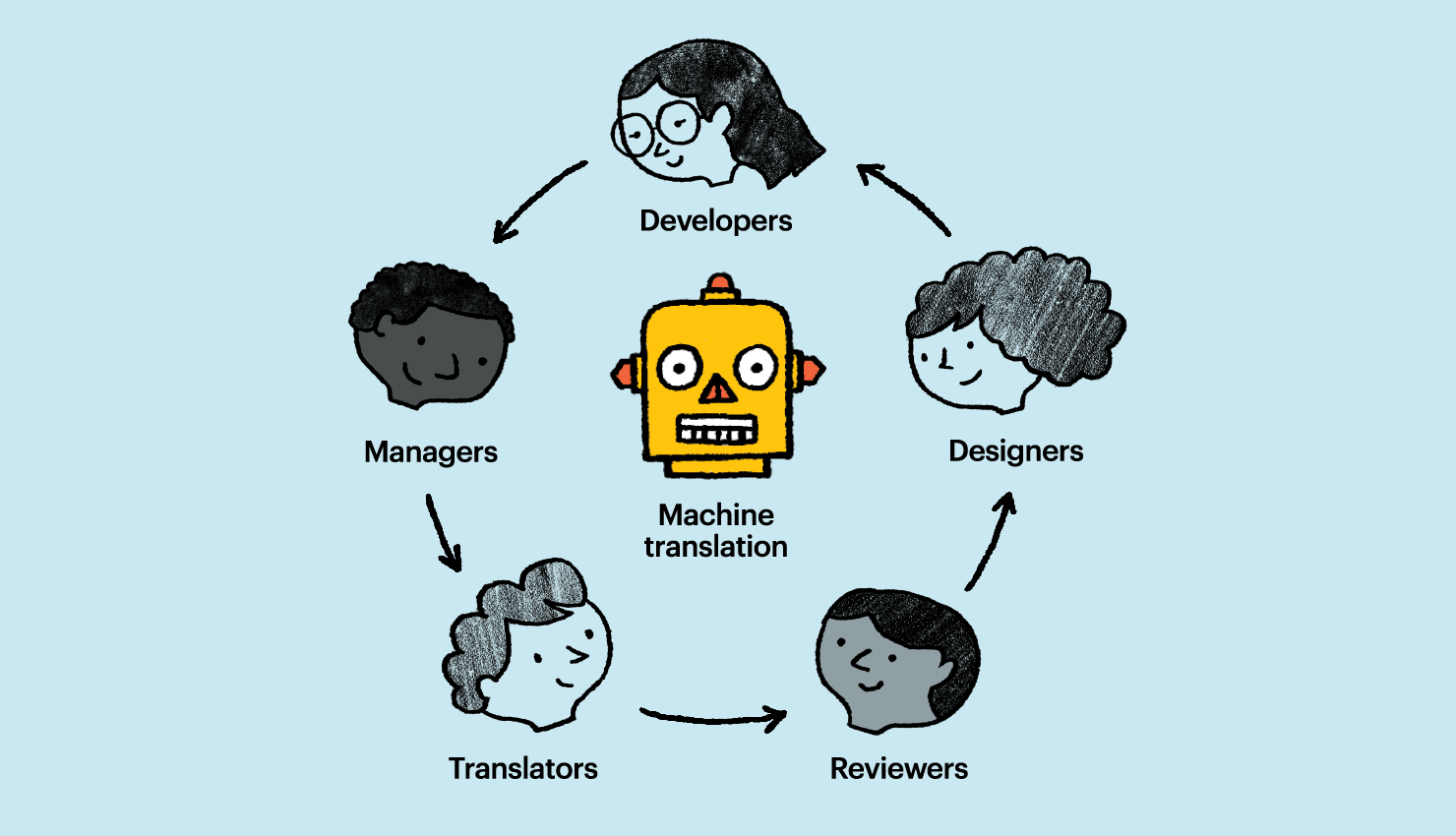Machine Translation Post Editing Course. Koby suggests that the translator must be trained in post-editing Krings and Koby 200112. From the teachers perspective we discuss experiences of planning and teaching of the post-editing course.

The learner will be equipped with all the necessary skills along with tips and tricks to know how to evaluate and post-edit MT output. Course description assignments 1 Comparison of 2 MT versions RBMT and SMT and post-editing 2 Pre-editing I Followed by customizing the RBMT system dictionary 3 Post-editing without source text 4 Post-editing to di erent quality levels I Followed by examining own PE time data and edit distance metrics 5 MT quality evaluation uencyadequacy MT systems and other tools used. Machine translation exists and it is increasingly used by translators agencies and clients.
The market makes a distinction between light and full post-editing and both concepts are explained in the course materials.
Adriano Ferraresi httpswwwuniboitsitowebadrianoferraresiteachings during the first semester and Computer-Assisted Translation and Web Localization CatLoc held during the second semester by myself. Machine Translation Post-Editing This course will prepare students to correct and revise the output of machine translation to meet the standards of traditional human translation a skill increasingly sought by translation service providers. It is a skill that translators develop with time and experience there is a learning curve associated with PE. This is where the term post-editing comes from.